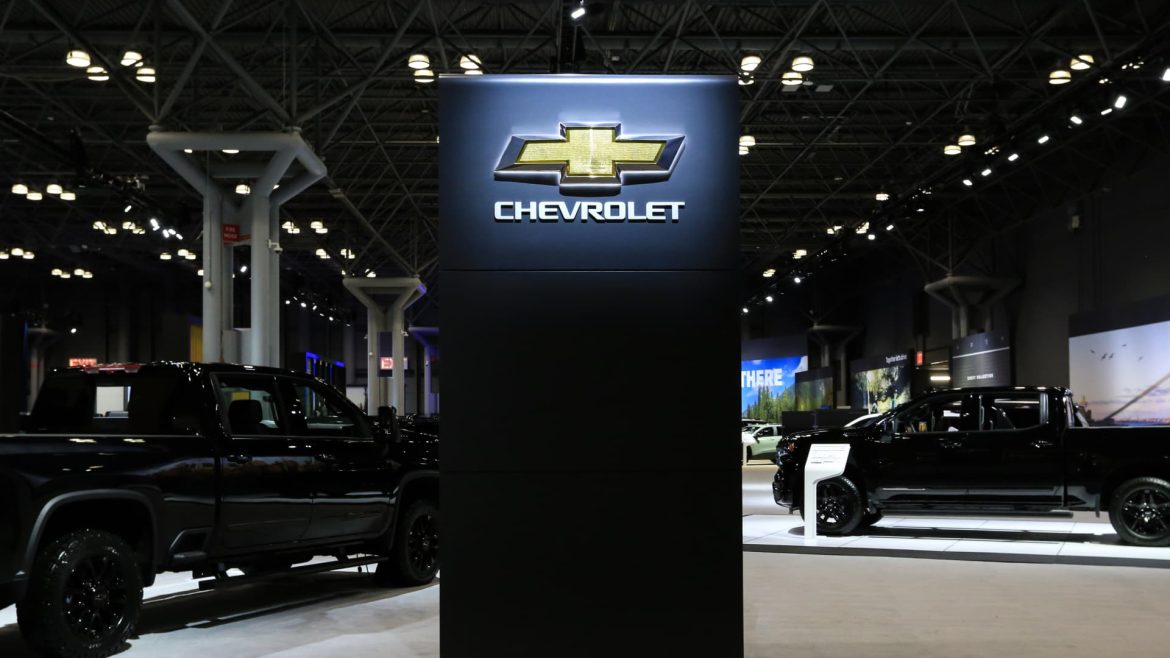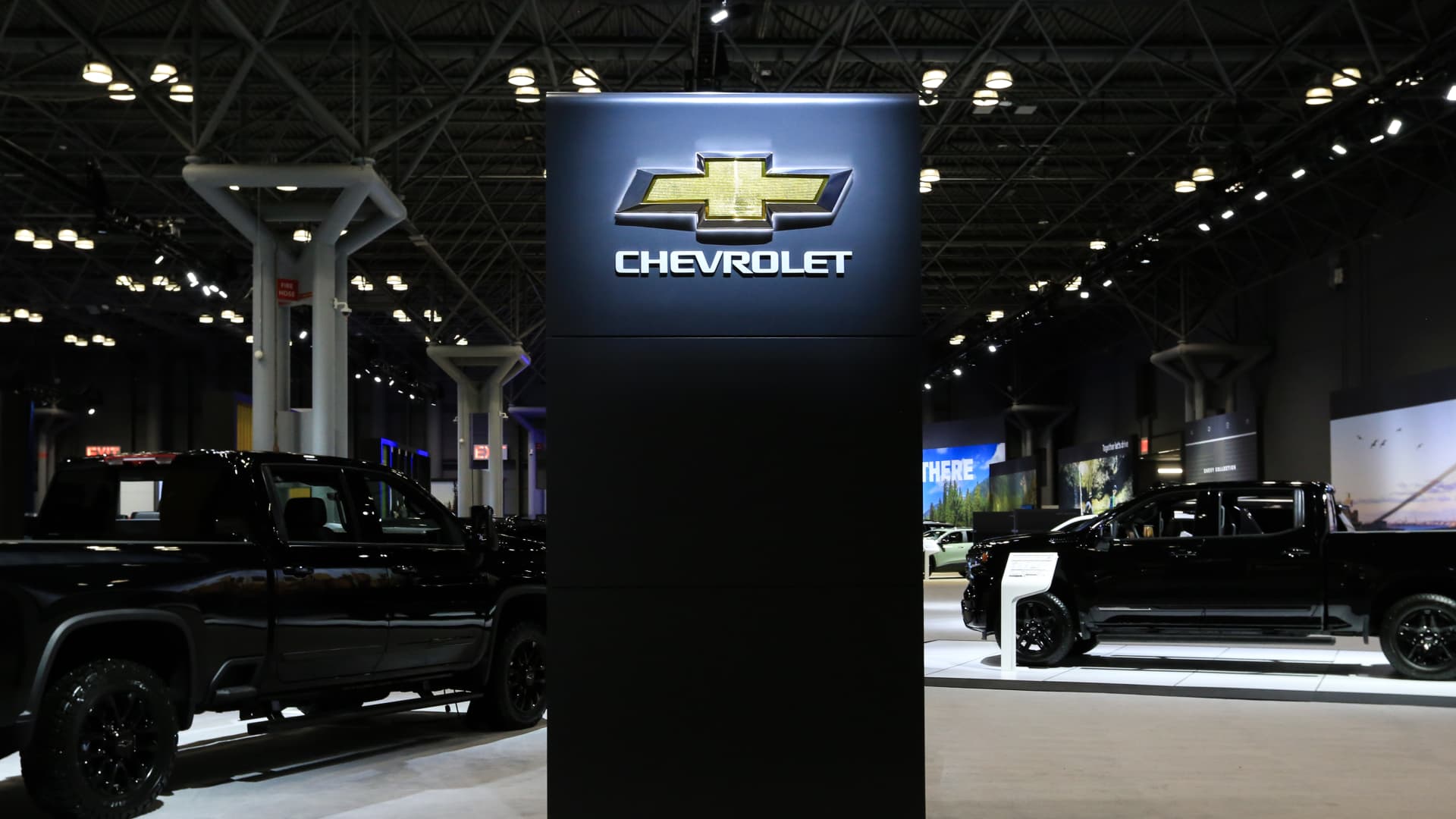The Electric Crossroads: General Motors’ Ambitious Pursuit of Tesla in the EV Market
A Legacy Reimagined: GM’s Electric Vision
The automotive industry is in the midst of a profound transformation, and General Motors (GM) is at the forefront of this electric revolution. Under the leadership of CEO Mary Barra, GM has boldly declared electric vehicles (EVs) as its “North Star,” signaling a fundamental shift in the company’s identity. This vision is not just a statement but a strategic commitment backed by substantial investments. GM has allocated billions of dollars towards developing its EV technology, infrastructure, and manufacturing capabilities, demonstrating its seriousness in this transition.
One of the critical aspects of GM’s strategy is the establishment of a robust, U.S.-based EV supply chain. This move aims to reduce reliance on foreign suppliers, mitigate risks associated with tariffs, and ensure a more secure and sustainable production process. By investing in Lithium Iron Phosphate (LFP) batteries, GM is positioning itself to offer more affordable EVs while maintaining profitability. LFP batteries are generally cheaper and safer than other battery chemistries, providing a competitive edge in the market.
However, GM’s transition is not without its challenges. The company is navigating the decline of internal combustion engine (ICE) vehicles while scaling up its EV production. This balancing act requires careful management of resources, workforce adaptation, and a clear understanding of evolving consumer demand. The shift from traditional vehicles to EVs is a monumental task that involves not just technological changes but also a cultural shift within the organization.
The Race for Market Share: GM vs. Tesla
Tesla has long been the undisputed leader in the U.S. EV market, but GM is rapidly closing the gap. While Tesla still holds a significant lead in overall EV sales, GM has secured the number two spot and is increasing its market share at an impressive rate. In a recent quarter, GM’s EV sales more than doubled compared to the previous year, reaching 46,300 units. This growth is a testament to GM’s strategic investments and its ability to leverage its existing infrastructure and brand recognition.
GM believes it possesses an “inherent advantage” in the EV race, leveraging its established manufacturing infrastructure, dealer network, and brand recognition. These assets provide a solid foundation upon which GM can build its EV empire. However, Tesla has its own advantages, including a strong brand loyalty and a perceived technological edge. Tesla’s proven track record of innovation and its dedicated customer base present a formidable challenge to GM’s ambitions.
Several factors could influence the outcome of this competition. Tesla’s brand image has faced controversies surrounding its CEO, Elon Musk, which has affected its reputation. GM, on the other hand, has focused on quietly building customer trust, potentially attracting consumers who are turned off by Tesla’s challenges. Additionally, Tesla’s vehicle lineup, though iconic, is showing its age, while GM is actively introducing new EV models across its various brands.
Beyond the Battery: GM’s Broader EV Ecosystem
GM’s EV strategy extends beyond manufacturing electric vehicles. The company is actively developing a comprehensive EV ecosystem that encompasses charging infrastructure, software, and related services. One notable initiative is GM’s partnership with Netflix to showcase its EV offerings in popular streaming shows. This innovative marketing approach aims to reach a wide audience and normalize EVs as mainstream vehicles.
GM is also investing heavily in its Ultium battery platform, a modular and flexible system that can be adapted to various vehicle types and applications. This platform is expected to drive down battery costs, improve performance, and accelerate the development of new EVs. GM’s early lead in EV development could be beneficial, as its EV experiment began before Tesla became popular. By focusing on a broader ecosystem, GM is positioning itself to offer a complete EV experience, from manufacturing to after-sales services.
Roadblocks and Realities: Challenges on the Path to Electrification
Despite its ambitious plans, GM faces several hurdles in its quest to dominate the EV market. One significant challenge is the sheer scale of the transition. Converting a century-old automotive giant from ICE vehicles to EVs is a monumental undertaking that requires massive investments, organizational restructuring, and a cultural shift. The complexity of this transition cannot be underestimated, and GM must navigate these challenges carefully to ensure a smooth and successful shift.
Another challenge is the increasing competition in the EV market. The landscape is becoming increasingly crowded, with established automakers and new entrants vying for market share. Tesla remains a formidable competitor, and companies like BYD, a Chinese EV manufacturer, are rapidly gaining ground globally. Securing a sustainable competitive advantage in this dynamic landscape will be crucial for GM’s success.
GM’s decision to slow-roll its all-EV aspirations, diverting some resources back to gas-powered cars, raises concerns about its long-term commitment to electrification. While this move may be financially prudent in the short term, it could undermine GM’s credibility and delay its transition to an all-electric future. Balancing short-term financial stability with long-term strategic goals will be a critical factor in GM’s success.
Conclusion: A Future Charged with Possibilities
GM’s journey to overtake Tesla in the EV market is a high-stakes race with no guaranteed outcome. The company has a clear vision, significant resources, and a strong determination to lead the electric revolution. GM’s success will depend on its ability to execute its strategy effectively, navigate the evolving competitive landscape, and adapt to the changing needs of consumers.
The automotive industry stands at a critical juncture, and the decisions made by companies like GM will shape its future. Whether GM ultimately surpasses Tesla remains to be seen, but one thing is certain: the road ahead will be paved with innovation, competition, and a relentless pursuit of electric dominance. The electric crossroads represent not just a challenge but an opportunity for GM to redefine its legacy and secure its position as a leader in the new era of automotive technology.





